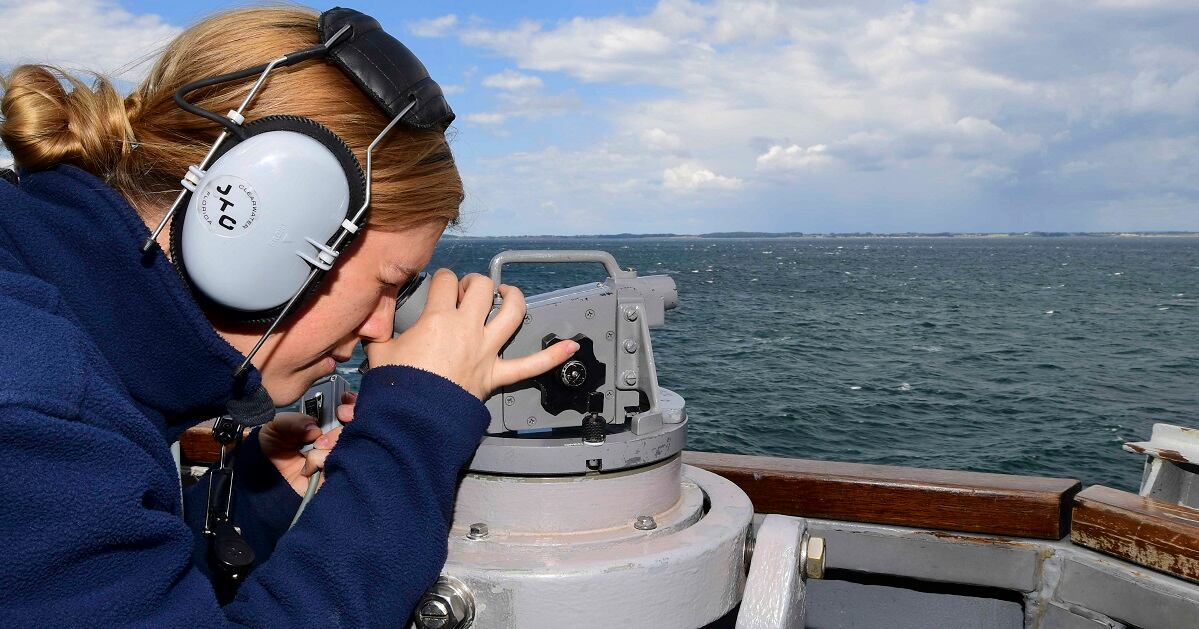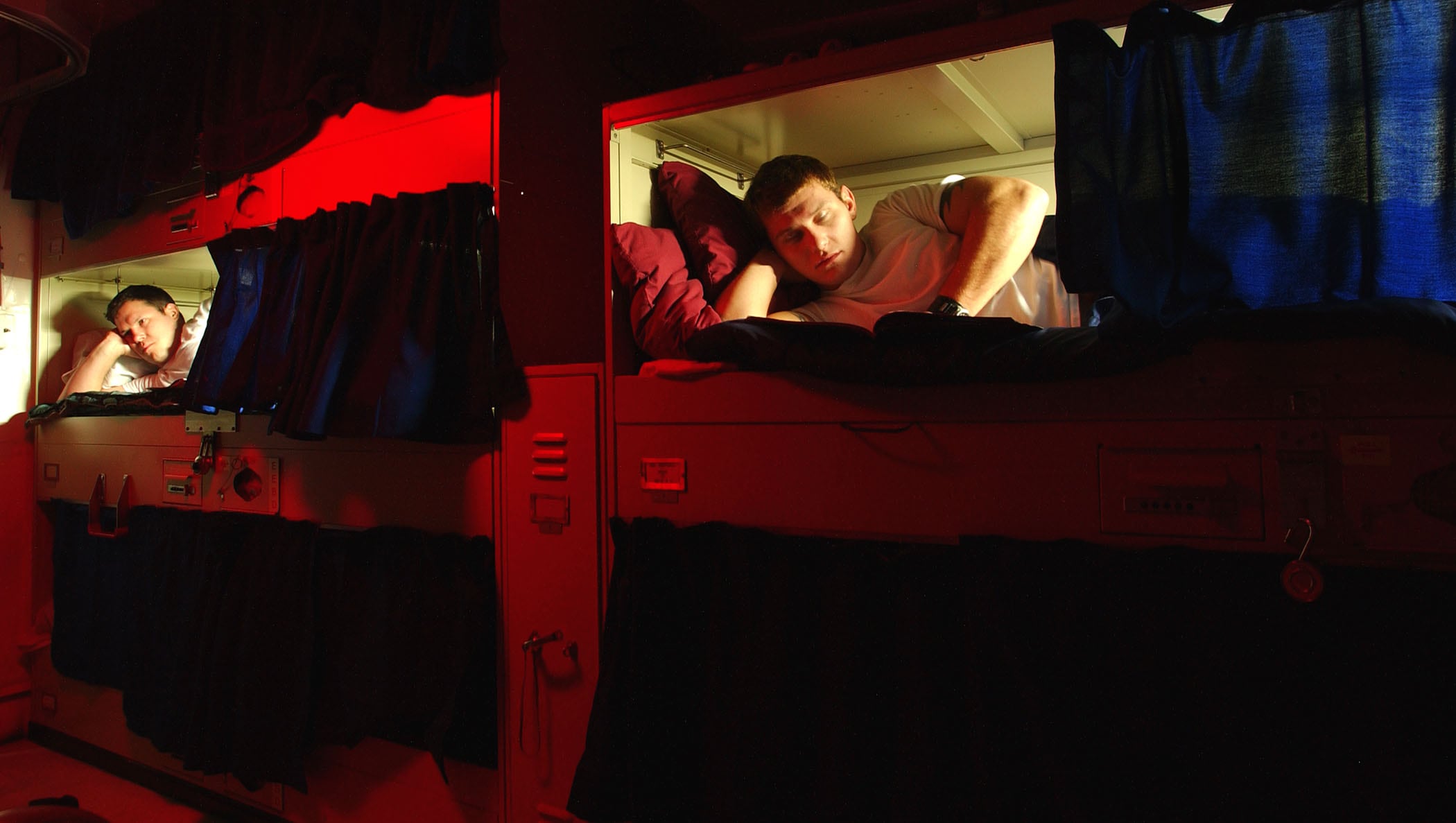The Navy has been “masking” crew shortages on surface ships, which has led to overwork, made it harder to get sailors adequate rest and raises questions about safety and readiness, according to a government watchdog report released last week.
The sea service’s “longstanding practice” has been to track and report crew levels against funded positions, instead of against the number of positions required to safely man a vessel, according to the Government Accountability Office report.
“This means that the Navy has tracked crew levels based on what positions it could afford to fund instead of what Navy studies have determined are needed, masking the full extent of crew shortfall,” the report states.
This practice has “misinformed Navy leaders on the extent to which its ships have the crew onboard needed for optimal performance, safety and readiness,” according to the GAO.
Even though the Navy has not been accurately measuring the full extent of such shortfalls, by their own accounting manning shortages nearly doubled in recent years, from 8 percent in October 2016 to 15 percent in September 2020, according to the GAO.
RELATED

In an statement to Navy Times, Naval Surface Forces spokeswoman Cmdr. Nicole Schwegman said that “fleet manning remains a top priority for the Surface Force.”
“The Navy has seen an increase in billet growth that directly contributes to Fleet readiness,” she said. “We are working hard to increase the number of Sailors to fill those at sea billets through multiple Sailor-focused process improvements, incentives and policy mechanisms that expanded career progression and retention opportunities.”
“We currently have more Sailors at sea Navy-wide than we have had in the past six years,” Schwegman added. “The Surface Force prioritizes manning requirements for ships going on deployment and forward-deployed ships to ensure they remain manned at above-required levels.”
The consequences of not having enough of the right people onboard became apparent following two separate warship collisions involving the destroyers Fitzgerald and John S. McCain that killed a total of 17 sailors in 2017.
Before the Fitz disaster, the crew had gone without vital quartermasters for some time, as had the rest of its destroyer squadron, according to the investigation report.
On McCain, sailors were taken from other ships on the waterfront to drive the vessel but had no training on that ship’s driving system, investigators found.
A month before the Fitz collision, GAO warned that “that Navy’s reduced crewing initiatives may have been leading to overburdened crews working long hours, and that crew reductions also corresponded with increases in maintenance costs that outweigh the savings achieved through reduced personnel costs.”
That report also revealed that “the Navy’s process for determining crew requirements … did not fully account for all ship workloads.”
The two collisions that summer and Big Navy’s subsequent investigations “provided added urgency for addressing the issues of under-crewing, sailor fatigue and training gaps in the surface fleet,” GAO wrote in last week’s report.
A GAO survey of surface warfare officers cited in the report found a majority considered workloads and crew shortages to be barriers preventing crews from getting proper rest.
Officers also reported “cultural resistance” to using the Navy’s nascent fatigue practices, a resistance exacerbated by operational requirements, meetings, equipment issues and other problems.
“Several open-ended responses emphasized the detrimental effects of crew shortfalls and heavy workload,” the report states.
RELATED

The “shell game” of funded billets versus actual personnel available for assignment has been going on “for a long time,” according to Bradley Martin, a retired surface warfare officer who spent two-thirds of his 30-year Navy career at sea.
While ships don’t want to have a glut of people on watch or too many under-instruction watches, “ships remain very labor-intensive systems that really do take a lot of labor, and this really isn’t reflected in any manning document,” Martin told Navy Times.
The Navy’s ability to successfully distribute every sailor it has paid for is good in that sailors aren’t sitting idle somewhere, Martin said, but that doesn’t address the realities of shipboard life.
“If it were all watchstanding — as on a merchant ship — it would be one thing,” said Martin, now a Rand Corp. senior policy analyst. “Given that there’s lots of maintenance coded for ship’s force and an unending need for preservation, the manning plan numbers aren’t really useful.”
Last week’s GAO report also warned that crewing targets based on funded positions instead of required positions “may not provide adequate minimum thresholds for safely operating ships.”
While the Navy started internally tracking crew shortfalls against required positions in February, the GAO report notes that overall Navy guidance doesn’t call for such tracking, “which raises concerns about whether this practice will be sustained over the long term.”

GAO’s concerns are not just in the present. Its report warns that using funded positions against requirements to project future personnel needs might not generate “an accurate demand signal for personnel as the size of the fleet potentially increases, preventing the Navy from effectively mitigating crewing shortfalls and perpetuating these shortfalls in the future.”
The Navy agreed with the watchdog’s prescription that it should institutionalize the use of crew requirements when tracking manning.
But in its response letter, Navy officials also noted that “total personnel available for distribution is limited to funded billets which are constrained to the end strength authorized and appropriated for by Congress.”
The GAO also warned that an initiative taken up following the 2017 collisions, Ready Relevant Learning, could end up increasing work.
“The RRL initiative is an ambitious undertaking to overhaul enlisted training and deliver modernized training to sailors while they are at the waterfront or aboard ships, and will require careful planning, effective resourcing and continued coordination between multiple stakeholders for successful implementation,” the report states. “Without accounting for this additional training time in sailors’ at-sea and in-port workload, the Navy risks exacerbating sailor overwork and fatigue.”
Geoff is the managing editor of Military Times, but he still loves writing stories. He covered Iraq and Afghanistan extensively and was a reporter at the Chicago Tribune. He welcomes any and all kinds of tips at geoffz@militarytimes.com.





